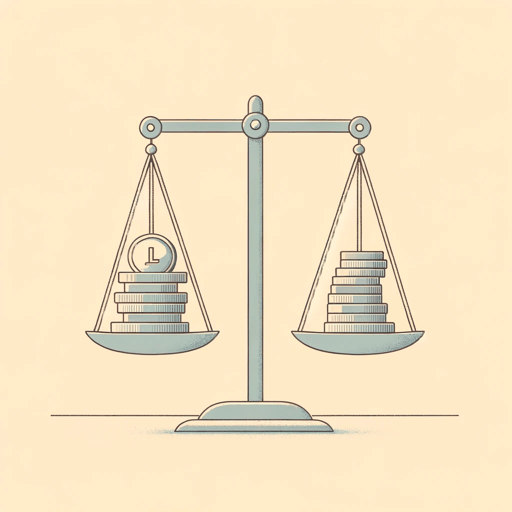70 pages • 2 hours read
Henry GeorgeProgress and Poverty
Nonfiction | Book | Adult | Published in 1879A modern alternative to SparkNotes and CliffsNotes, SuperSummary offers high-quality Study Guides with detailed chapter summaries and analysis of major themes, characters, and more.
IntroductionChapter Summaries & Analyses
“Introductory: The Problem” Summary
The Industrial Revolution backed by capitalism resulted in the growth of a “wealth-producing power” (3). Its accomplishments included labor-saving technology, the expansion of railroads, steam-powered machines, and electricity. These inventions made the functioning of society faster and more efficient. The 19th century was thus a “marvelous era” from a technological perspective (3).
The logical assumption based on the development of these “labor-saving inventions” is that they would “make real poverty a thing of the past” (3). Such “bounteous material conditions” should have given rise to “moral conditions realizing the golden age of which mankind has always dreamed” (4). However, the opposite occurred: Technological advancement did not improve general living conditions. In some cases, the Industrial Revolution made life more comfortable and increased the time for leisure. However, “these gains are not general” (8). In other cases, the lives of the disadvantaged worsened. There seems to be a correlation between “the deepest poverty” and “the sharpest struggle for existence” and material progress (5), especially in locations with high population density, the greatest wealth, and the most advantaged technology.
Such conditions exist not only in the Old World but also in the United States in cities like San Francisco and New York, as “in the progress of new settlements [.
Featured Collections
Books on Justice & Injustice
View Collection
Business & Economics
View Collection
Contemporary Books on Social Justice
View Collection
Equality
View Collection
Philosophy, Logic, & Ethics
View Collection
Politics & Government
View Collection
Popular Study Guides
View Collection
Poverty & Homelessness
View Collection

